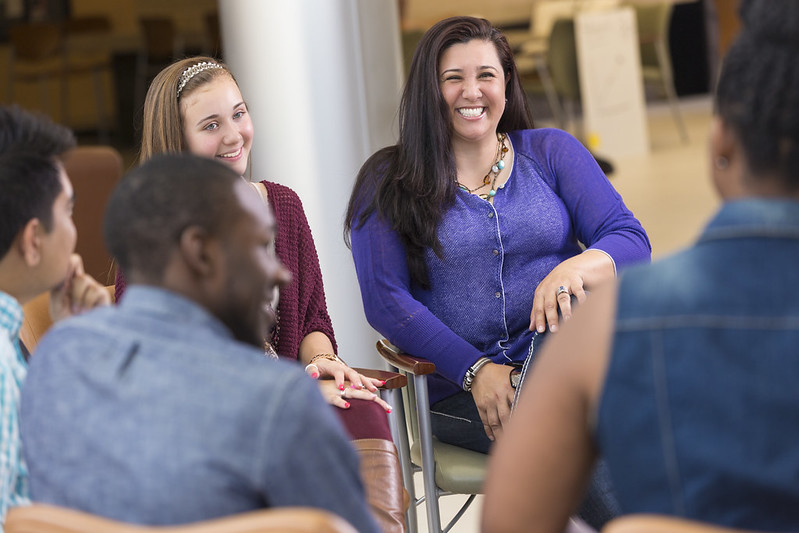At Cornerstones of Care, we are all about trauma-informed care. Top to bottom, our organization uses trauma-informed principles in the way we care for those we serve and the way we interact with each other. But how do these concepts translate outside of work? We asked our training team members to share some of the ways the trauma-informed concepts they teach every day have worked their way into their personal relationships and home lives.
Ted Arrandale
Teach on trauma-informed skills long enough, and it will for sure seep into your life. For me, one of the biggest things I’ve noticed is not being so quick to rescue my kids from uncomfortable emotions. As a parent, your first instinct is to protect your kids at all costs. But by rescuing them from uncomfortable feelings, I realized that they weren’t learning how to navigate those feelings that we all experience. Instead, I’ve focused on helping them to manage and organize their feelings so that they don’t get too overwhelmed by them.
Lesa Chandler
The re-enactment triangle has become one of my go-to tools. It has helped me ask questions about why I’m talking loudly or feeling strongly or reacting. Then I can use my safety plan and evaluate if I am inside the triangle – it doesn’t matter whether I entered through the door of victim, villain or hero. My knowledge about the triangle helps me escape the role I’m taking at the moment by moving to driver, guide or coach. Then I can deal with the issue rather than the conflict and strong emotions that can surround it. It works when someone cuts me off in traffic, when I’m in sensitive political conversations and when I spend a week in the cab of a semi on the road with my spouse.
Beth Harmon
During the time of working from home, I found myself not having a manageable work-life balance. To practice better self-care, I had to create a safety plan around my time. The plan was concrete, simple and effective.
- Schedule the start time and end time of my workday.
- When my workday was over, I shut down my computer and placed it in the closet.This eliminated the constant opportunity to “do one more thing.”
- With a set schedule, I created a healthy routine, which increased my productivity, improved my personal health practices, and allowed me to meet my family obligations.
- LESS STRESS!
Teri Schuler
Before coming to Cornerstones of Care, I never really considered that “everyone has a story” and that their story may affect how they might react to a person, place or thing. I heard Lesa Chandler say it one day, and…bam! Game changer. It made total sense. It’s so simple, yet that thought has allowed me to pause before I react to or take personally another’s bad day. We never stop learning!
If you are interested in attending one of our community trainings dealing with trauma-informed concepts, check out our training calendar and register for the course of your choice!



